Natural water filter for rooftop rain water
Kestrel Shutters & Doors
17 years ago
Related Stories

GARDENING AND LANDSCAPINGPatio Details: Sliding Fabric Panels Filter the Light Just Right
Stepping up to the harsh sun and heat of the desert Southwest, this intimate patio is an exotic escape right outside
Full Story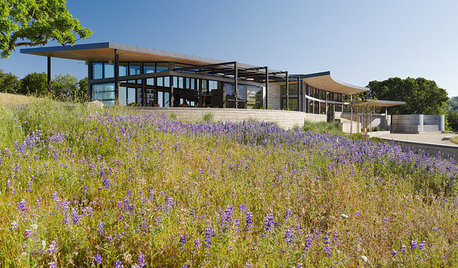
GREEN BUILDINGModern Design Captures Valuable Rain
Instead of letting a precious natural resource trickle away, these architectural features make the most of it
Full Story
GREEN BUILDINGJust Add Water: Rain Barrel Magic
Take your rainwater storage from practical to beautiful with a new breed of design-friendly rain barrels
Full Story
HEALTHY HOMEHow to Choose a Home Water Filtering System
Learn which water purification method is best for your house, from pitchers to whole-house setups
Full Story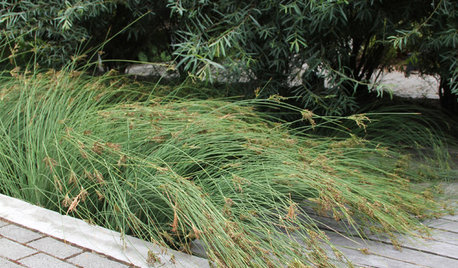
GARDENING GUIDESProtect a Precious Resource With a Rain Garden
Promote pure water and a beautiful landscape with a garden design that makes the most of the rain
Full Story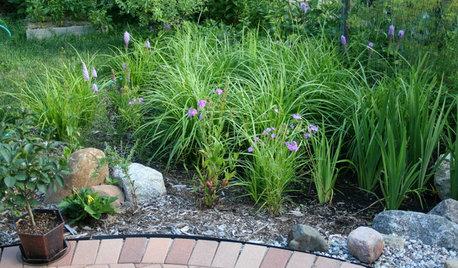
LANDSCAPE DESIGNHow to Site and Size a Rain Garden for Your Landscape
Installing a rain garden is an excellent way to reduce runoff and return water to its source
Full Story
HOUZZ TVHouzz TV: How to Install a Rain Barrel
This DIY tutorial shows how easy it can be to capture rainwater from your roof to use in your garden later
Full Story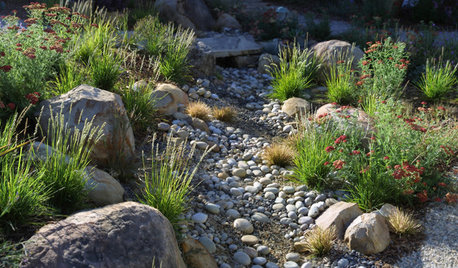
LANDSCAPE DESIGNHow to Design Your Landscape to Slow Down Water
Putting the brakes on stormwater runoff is the first step in sustainable water design
Full Story
LANDSCAPE DESIGNGet Along With Less Lawn — Ideas to Save Water and Effort
Ditch the mower and lower your water bill while creating a feast for the eyes with diverse plantings and gathering places
Full Story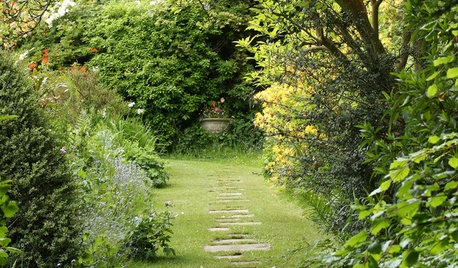
GARDENING GUIDES3 Easy Ways You Can Garden for Nature
Your choice of plants can help wildlife while cleaning the air and water
Full StorySponsored



jondmvn
naplesgardener
Related Professionals
Alafaya Solar Energy Systems · Brooklyn Center Solar Energy Systems · Carson Solar Energy Systems · Cerritos Solar Energy Systems · Hemet Solar Energy Systems · Pacific Grove Solar Energy Systems · Roselle Park Solar Energy Systems · East Hanover Solar Energy Systems · Takoma Park Home Builders · Salisbury Home Builders · Dallas Roofing & Gutters · Stamford Roofing & Gutters · Murray Roofing & Gutters · Wayne Roofing & Gutters · Wheaton Roofing & GuttersDavidR
wendybohannon
DavidR
mjlb
decomposer
HU-358434197